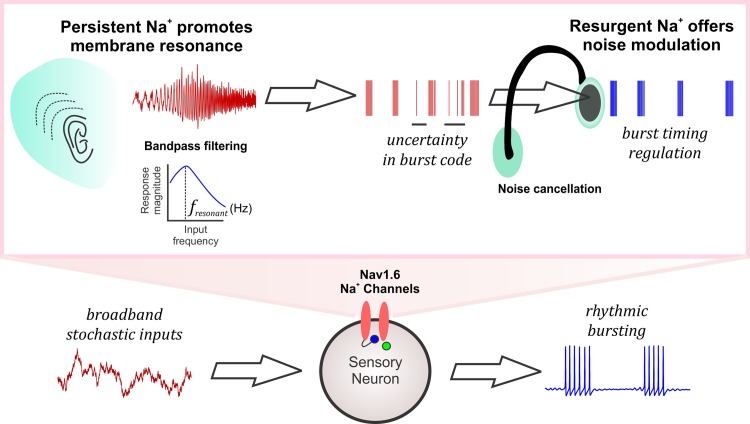Fig 9. A consolidated role for persistent and resurgent Na+ currents in information processing.
The schematic shows the broadband input space of a sensory neuron which can produce rhythmic bursting activity. The Nav1.6-type Na+ channels mediating the persistent Na+ current (schematized as a listening ear) enhance neuronal resonance and tune in relevant input frequencies by bandpass filtering (fresonant refers to the resonant frequency of the neuron). Such selected inputs carrying behaviorally relevant stimuli are encoded as bursts but may be prone to uncertainty due to intrinsic or extrinsic stochastic influences. The resurgent Na+ current mediated by the Nav1.6 Na+ channels improve the regularity of spike/burst timing by mitigating the effects of noise by tuning out random spikes between bursts (schematized as a noise cancelling headphone), thus aiding in neural signal processing.

